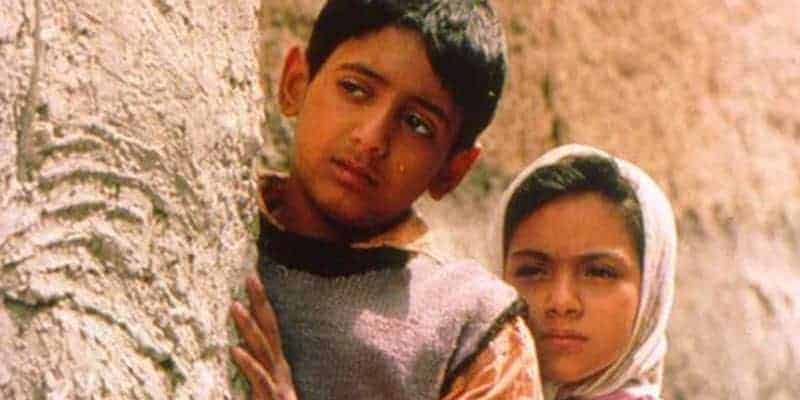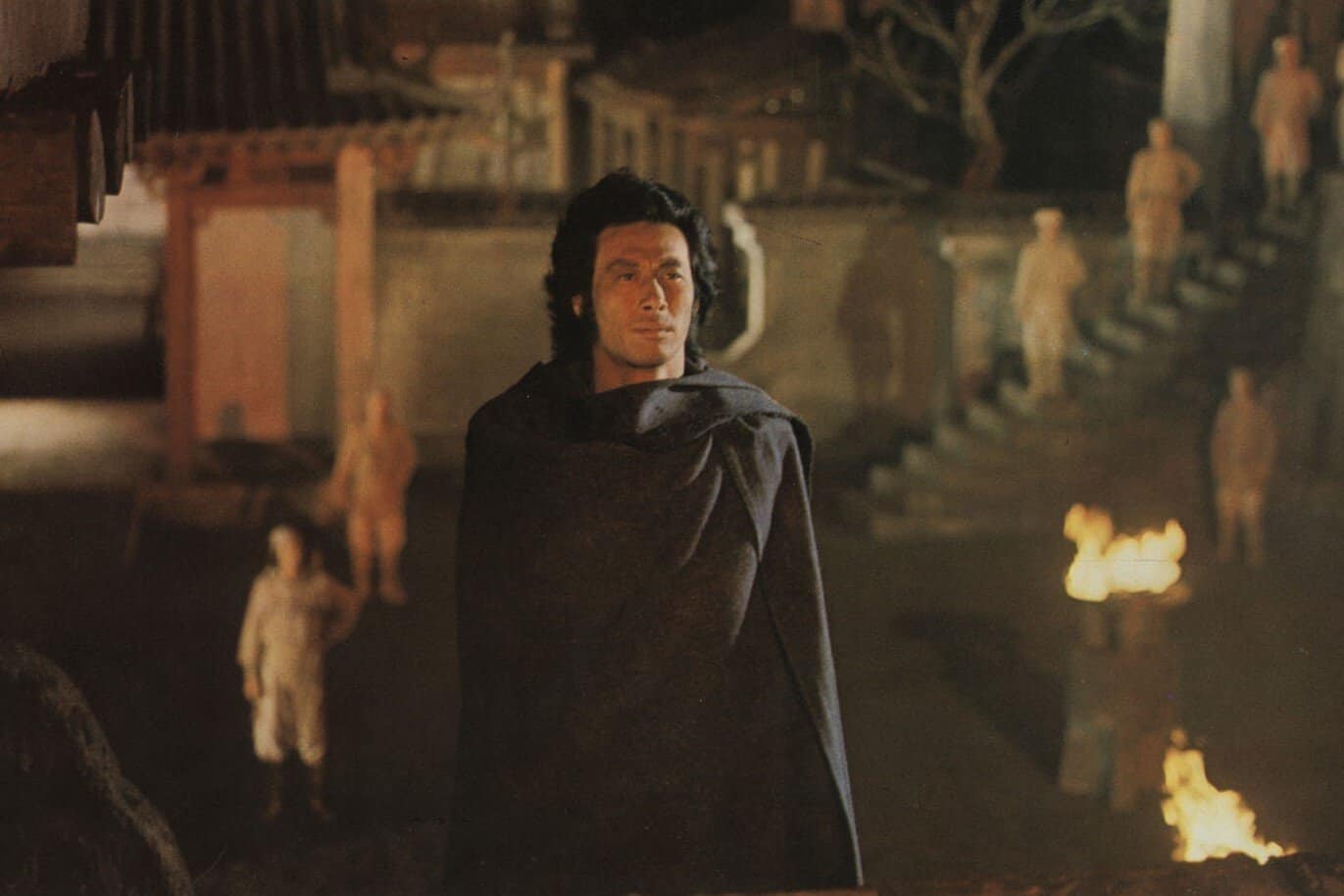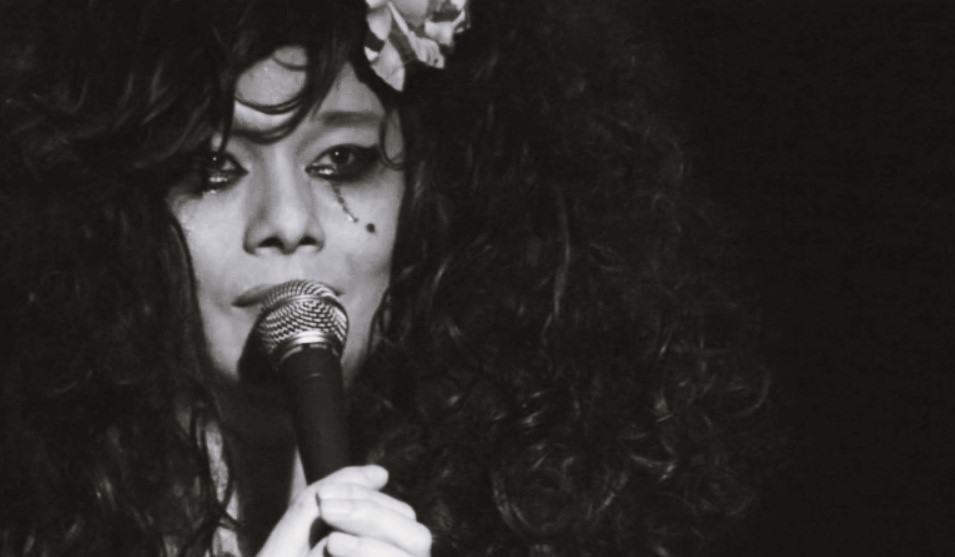By Kirti Raj Singh
After the fall of the Shah regime, the Iranian cinema went through a hazardous state and came out with beautiful films…, Films which were not only praised in Iran, but throughout the globe. So what actually changed in films?
Iran was going through changes; nothing was unaffected by the revolt that broke out in 1978-79. Revolution resulted in the rise of the Islamic republic under Imam Khomeini, after the fall of the Shah Regime, which was absolute monarchy. Iran's rapidly modernizing capitalist economy was replaced by populist & Islamic economic & cultural policies. Much of the industry was nationalized, laws & schools islamicized, and western influences got banned in every possible way. And then there was Saddam Hussein's invasion in 1980, which, ironically, strengthened the revolution and fed Iranians the determination to carry the revolution outside Iran's borders.
By 1982, Khomeini and his supporters had crushed their rivals and overcame rebellions as a coalesced power. The economy and the system had collapsed, military forces were in a state of confusion, Reza Shah was overthrown and eventually fled the country. In this political struggle, ordinary Iranians were perceived as rough, ruthless and outlandish people, lacking humanity. At this time, cinema was the only medium that tried to portray a different image of Iran.
The new era brought different stereotypes and and an almost completely new set of characters. For example, several films during these years were made featuring children in central roles, The importance of these characters in films, during the golden age of post-revolutionary years, is significant.
Directors had to consider a number of factors when shooting a film. For example, showing politics in their films could get them arrested, something that actually happened to 7 of them, while several are still banned. In that fashion, working around the system was the only way to make things work.
Sub-textual contexts, multi-layered stories, poetic language and identifiable characters were common “tools” in these films, because most of them sought to specify everyday life. These elements were beautifully woven in several films like “Bashu” (1989), “Children of Heaven” (1998), “The Color of Paradise” (1999), “Where is the friend's home?” (1987), “Blackboards” (2000) etc. Although the changes in the political setting and its effects in Iranian cinema are a long story all together, my point of focus is “why did they end up making such films?” Was it something new or was it just an already tested formula that was being tested again?
Yes!! In the same way it was done several years ago by the French New Wave and Italian Neo Realism directors in films like “400 Blows”, “Shoeshine”, “Bicycle Thieves”. Indian regional directors Satyajit Ray and Ritwik Ghatak played the same cards, using children as their protagonists, who took the narrative further in films like “Apu's Trilogy” (3 films 1955,56,59) and “Subarnarekha” (1965). Telling a story through a child's point of view is effective, because the way they perceive the world around them is totally different. Capturing those emotions is not only a huge challenge, but also a different and effective way of storytelling. The medium, written or visual, is not important in this case, because childhood is a very tender age to handle, both on and off-screen. Furthermore, this article's purpose is not to highlight children for their time on screen, but to “speak” of the portrayal of innocence in films and its origins.
You have all the right to agree or disagree with me, but the fact that Iranian filmmakers did something “New” by casting children as their protagonists is truly a myth. And this can be hard to digest sometimes. Now people might argue pointing out the differences in scenario in comparison with the aforementioned filmmakers and the fact that Iranian directors had a hard time doing this, but in the end, all that matters is that they created beautiful images that stay with us .


















